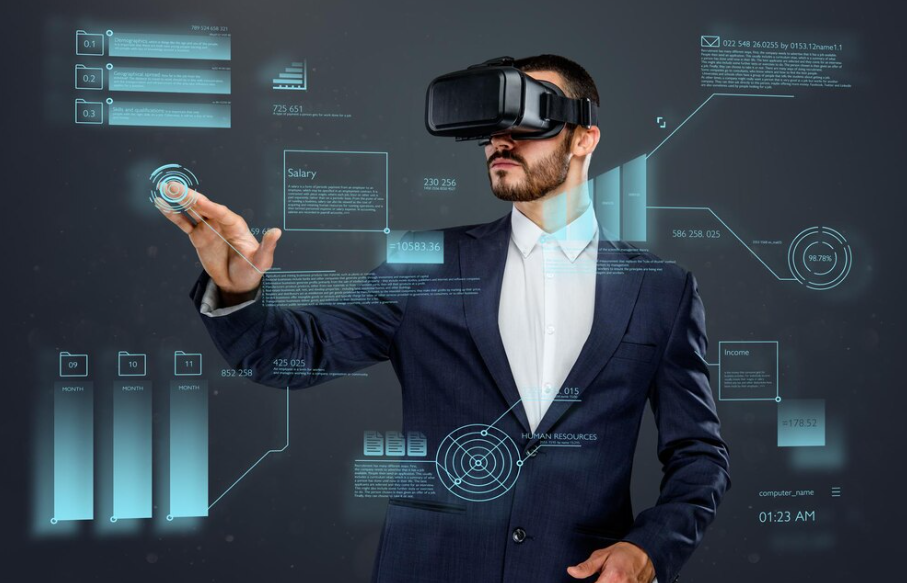Optical Mark Recognition (OMR) technology has evolved significantly over the years, and it continues to advance with innovations that enhance its capabilities and applications. As the technology progresses, several trends and innovations are shaping the future of OMR. Here’s a look at what to expect:
1. Integration with Artificial Intelligence (AI) and Machine Learning
Enhanced Accuracy:
- Pattern Recognition: AI and machine learning algorithms are improving OMR systems’ ability to recognize complex mark patterns and handle variations in form design.
- Error Detection: AI-driven systems can better detect anomalies, such as stray marks or inconsistencies, leading to more accurate data capture and processing.
Adaptive Learning:
- Self-Improving Systems: AI enables OMR systems to learn and adapt based on the data they process. Over time, these systems become more efficient at handling diverse and non-standard forms.
2. Mobile and Cloud-Based OMR Solutions
Accessibility:
- Mobile Compatibility: New developments are making OMR technology compatible with mobile devices, allowing users to capture and process data using smartphones and tablets.
- Cloud Integration: Cloud-based OMR solutions offer real-time data processing and accessibility from anywhere. They facilitate collaboration and streamline data management.
Scalability:
- Flexible Deployment: Cloud-based systems can easily scale to accommodate varying volumes of data, making them suitable for both small and large-scale operations.
3. Advanced Scanning Technologies
High-Resolution Imaging:
- Improved Detail: Advances in scanning technology provide higher resolution images, enhancing the accuracy of mark detection and allowing for finer detail recognition.
Speed and Efficiency:
- Faster Processing: Newer OMR scanners are designed to process forms at higher speeds without sacrificing accuracy, enabling rapid handling of large volumes of data.
Multi-Function Scanners:
- Versatility: Modern OMR scanners are incorporating multi-function capabilities, such as document scanning and barcode reading, to streamline various data capture tasks.
4. Enhanced Data Security and Privacy
Data Encryption:
- Secure Processing: As data security becomes increasingly important, OMR systems are incorporating advanced encryption techniques to protect sensitive information during processing and storage.
Access Controls:
- Restricted Access: Enhanced access control features ensure that only authorized personnel can view or manage data, adding an extra layer of security.
5. Customizable and Interactive Forms
Dynamic Forms:
- Interactive Elements: Future OMR systems may support interactive and customizable forms that adapt based on user input or responses, making data collection more flexible and user-friendly.
Integration with Other Technologies:
- Multi-Modal Data Capture: Integration with technologies such as RFID, QR codes, or barcodes could enhance OMR forms by providing additional layers of data and verification.
6. Sustainability and Eco-Friendly Practices
Reduced Paper Usage:
- Digital Alternatives: As environmental concerns grow, there is a shift towards digital alternatives that reduce paper usage. Hybrid solutions that combine digital forms with OMR processing are gaining popularity.
Energy Efficiency:
- Eco-Friendly Scanners: Advances in technology are leading to the development of energy-efficient scanners that consume less power and have a lower environmental impact.
7. Improved User Experience
User-Friendly Interfaces:
- Intuitive Software: New OMR systems are focusing on creating more intuitive and user-friendly software interfaces, making it easier for users to set up, operate, and analyze data.
Training and Support:
- Enhanced Resources: Vendors are providing better training materials, tutorials, and support to help users maximize the benefits of their OMR systems.
8. Expanded Applications
Beyond Traditional Uses:
- New Industries: OMR technology is expanding beyond traditional applications in education and surveys. It is finding new applications in areas such as event management, healthcare, and market research.
Integration with Big Data:
- Data Analytics: Integration with big data platforms and analytics tools allows for more sophisticated analysis of OMR data, providing deeper insights and more strategic decision-making capabilities.
Conclusion:
The future of OMR technology is marked by rapid advancements and innovative trends that enhance its functionality, efficiency, and versatility. By integrating AI, embracing mobile and cloud solutions, advancing scanning technologies, and focusing on data security and sustainability, OMR systems are set to offer even greater value across various industries. Staying informed about these trends will help organizations leverage the full potential of OMR technology and adapt to evolving data processing needs.
